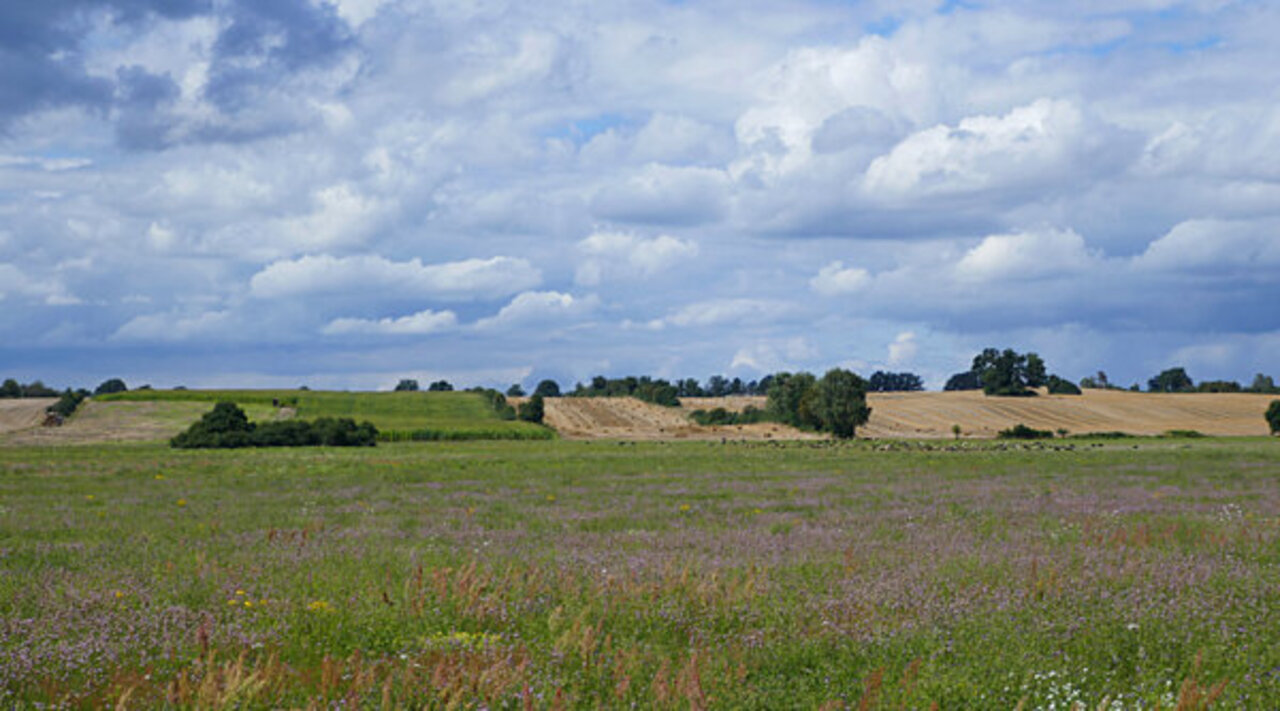Project
Trend analysis and indicators

Trend analysis and indicators
So far, there is no nationwide uniform database that allows scientific statements to be made about the state of wild bee populations in agricultural landscapes. In order to identify historical trends nonetheless, existing data sets are compiled and evaluated. On this basis, pressure indicators for wild bee populations and a concept for future nationwide wild bee monitoring in agricultural landscapes will be developed.
Background and Objective
Scientifically reliable data on the population development of wild bees in agricultural landscapes are only available sporadically - a nationwide uniform data set is missing. In order to identify historical trends in the populations of wild bee species in agricultural landscapes and to understand the effects of environmental changes, existing data are compiled (e.g. from specialist literature and entomological populations). They are examined in terms of spatial and temporal patterns.
From the analysis of wild bee data in the landscape context, suitable indicators for habitat changes related to changes in wild bee populations should also be derived. In future nationwide wild bee monitoring, these load indicators should show trends in the population of wild bees in agricultural landscapes in good time.
On the basis of the results of the trend analysis and the load indicators, a concept for the use of environmental and landscape data in future nationwide monitoring of wild bees in agricultural landscapes is to be developed (see wildbienen.thuenen.de).
Approach
The results of the trend analysis and the developed pressure indicators provide information about the environmental factors relevant for wild bees on different spatial scales (e.g. land use, landscape structures). From this, stress indicators are developed and examined for their suitability. In addition, the environmental information flows into the selection of locations for nationwide monitoring of wild bees in agricultural landscapes. In order to enable connection to other monitoring projects on a European scale, the selection of suitable locations is based on the LUCAS grid (Land Use and Coverage Area frame survey). In addition, on the basis of the environmental factors relevant for wild bees, routines for data-based spatial and temporal modeling of wild bees in agricultural landscapes are being developed and tested for use with future monitoring data.
Thünen-Contact

Involved Thünen-Partners
Funding Body
-
Federal Ministry of Agriculture, Food and Regional Identity (BMLEH)
(national, öffentlich)
Duration
Permanent task 1.2020
More Information
Project status:
ongoing

![[Translate to English:] [Translate to English:]](/media/_processed_/e/3/csm_Demetra2_c8a192c0f8.jpg)
![[Translate to English:] [Translate to English:]](/media/_processed_/e/2/csm_Demetra1_Panorama_8557ee3b13.jpg)





